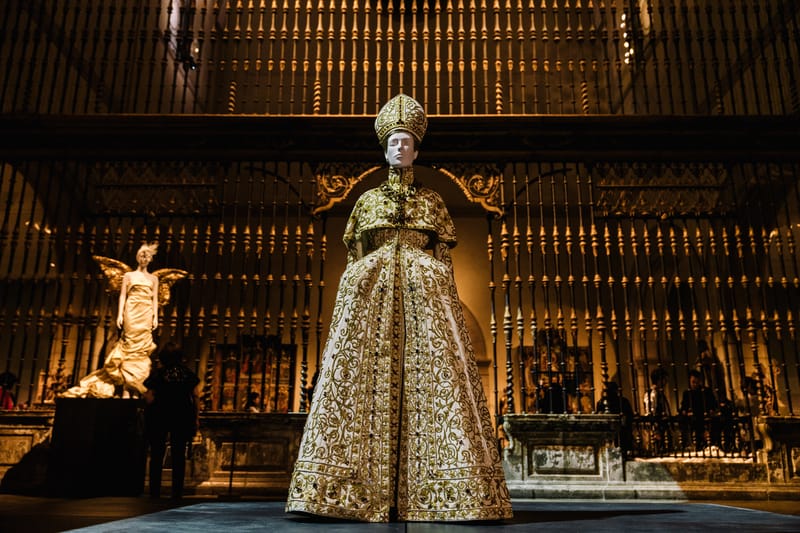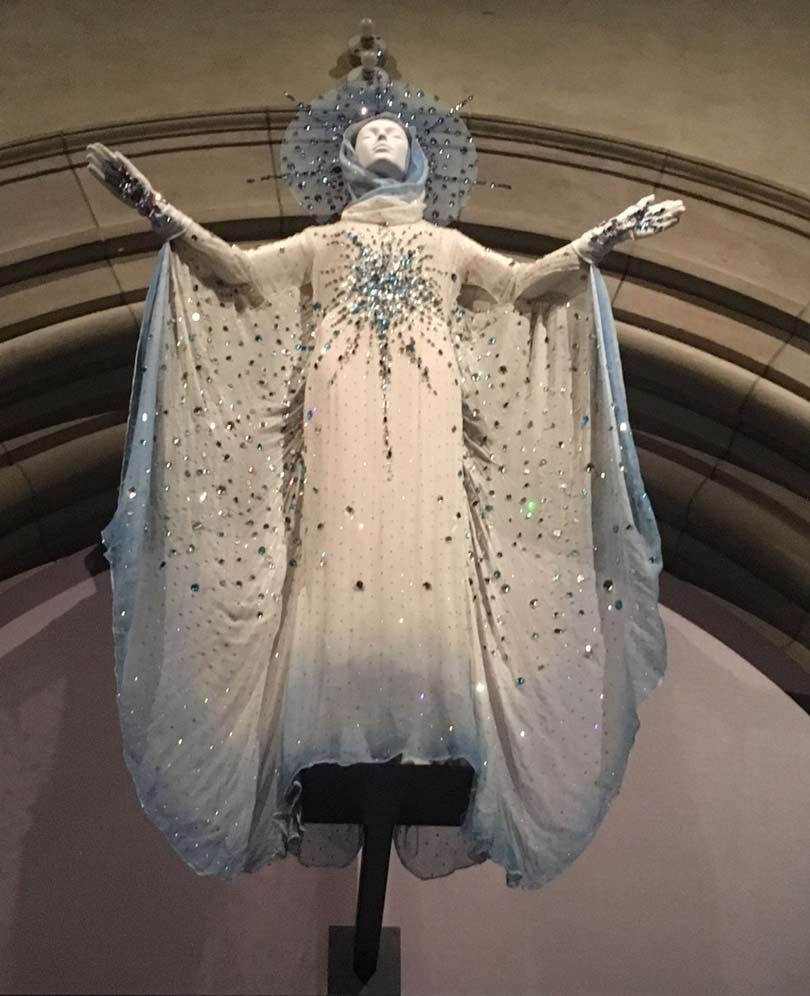

Most of the social media outcry referenced celebrities of color: Rihanna in a papal-inspired mitre, Solange in a braided halo. This content can also be viewed on the site it originates from.Ĭlaims that celebrities culturally appropriated Catholicism are not only misguided and woefully ignorant, they're also tinged with racism. Furthermore, the Catholic church has a long history of forced conversion by way of colonialism, the crusades, and violently forcing their religion on indigenous groups. And while across the globe, practicing Catholics represent various ethnicities, the leadership is still overwhelmingly white and male. In fact, that unequal power dynamic is what gives cultural appropriation its sting: you're benefiting from the cultural currency and artifacts of historically disenfranchised people in spaces that they're systematically denied access from. Much like the fraught concept of reverse racism, reverse cultural appropriation isn't a thing - and marginalized groups can't appropriate the culture of a dominant group. "My religion is not your Met Gala outfit" some cried, while others facetiously asked for "the rules about cultural appropriation" and a primer on when they're "supposed to be outraged." Such claims expose a lack of understanding about what cultural appropriation actually means: By definition, appropriation is predicated on a power imbalance.


And yet when celebrities like Rihanna and Ariana Grande graced the red carpet in religious paraphernalia, social media erupted with accusations of cultural appropriation. Not only did Catholic leadership approve the theme, they donated more than 40 artifacts to the show. The cochairs of the gala took great care to get the Vatican's blessing, even traveling to Rome to meet with Cardinal Gianfranco Ravasi, the president of the Pontifical Council for Culture. It was to be a dazzling celebration of the church's aesthetic: the splendor of its religious iconography, vestments, paintings, and architecture. While pop culture's engagement with religion has often been confrontational (think Madonna pairing a crucifix with white lingerie in "Like a Virgin"), the Met Gala was ostensibly designed to pay homage to the Catholic visual legacy - on the surface, at least. Both the exhibition and the star-studded fête aimed to explore the tenuous relationship between Catholicism and high fashion. The 2018 Met Gala theme, "Heavenly Bodies: Fashion and the Catholic Imagination,” seemed to court controversy from the start. In the latest installment of the Don't Do It Girl column, fashion features editor Jessica Andrews addresses claims of cultural appropriation at the 2018 Met Gala.


 0 kommentar(er)
0 kommentar(er)
